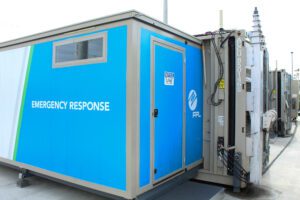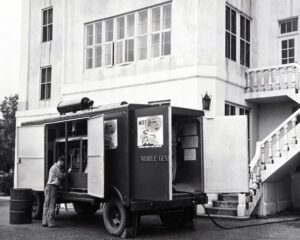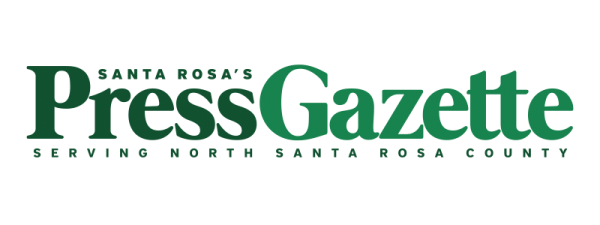Team of engineers revolutionize how FPL responds to storms

It was mere hours after the winds of powerful, category-four Hurricane Ian blew over the hotel where Charles Leitner and several other FPL employees were sheltered that he stepped outside to see what remained of Punta Gorda.
“I had never seen ground zero of a hurricane before,” he said.
Leitner, an engineer for FPL’s Information Technology Emergency Response Team, was in southwest Florida to staff a Storm Pod—a shipping container modified to be a mobile office and communication trailer—following landfall.
“We deployed Storm Pods above and below Tampa thinking even if the storm goes a little farther north or south, we are out of harm’s way and in the area,” he said. “Instead of being on the outskirts of the storm, we were actually dead in the center of (Hurricane) Ian.”
Leitner and other members of FPL’s Emergency Response Team pre-position Storm Pods and other equipment across the state ahead of every storm. This proactive approach helps to speed restoration following storms by giving field crews a place to check in, a place to work and a place they can communicate back to the FPL Command Center — the hub of all restoration efforts.
“They want to be out in the middle of it because they have to communicate with all of these workers who are coming in from other states, so you want to have a home base, but you also need to make sure all of the communications are secure,” Leitner explained.
As technology has evolved, the company’s response to severe weather has too. FPL has always leaned into technology to better serve customers—the company has leveraged technology to improve grid resiliency and storm response.
Three years ago, FPL started experimenting with satellite high-speed communication inside Storm Pods to make that communication faster and easier. “We have been growing and changing each year,” Leitner said of FPL’s Information Technology Emergency Response Team.
Still though, Leitner and his team had to wait hours for a generator to arrive in Punta Gorda to power the Storm Pod before it could come online, which was the standard following every storm.
But Leitner knew FPL could set a new standard.
“In the early 2000s, it would take over a week to set up these sites,” he said. “Then, we got them up in a day or two, but I was thinking, can’t we go even faster than that?”
It was when he first stepped out of his hotel and felt the sunshine following Hurricane Ian that the thought came to him.
“Solar would be great to power these,” Leitner told his co-workers.
Leitner said his boss, Steve Greenstein, initially came up with an idea to use DC power inside Storm Pods rather than traditional AC power, so he took that idea one step further by adding solar panels to the top of one Storm Pod ahead of the active 2024 hurricane season. That step allowed the IT equipment to be up 24/7, with zero setup.
Leitner tested his innovative solution across Florida during the 2024 storm season, with Hurricanes Debby, Helene and Milton.








